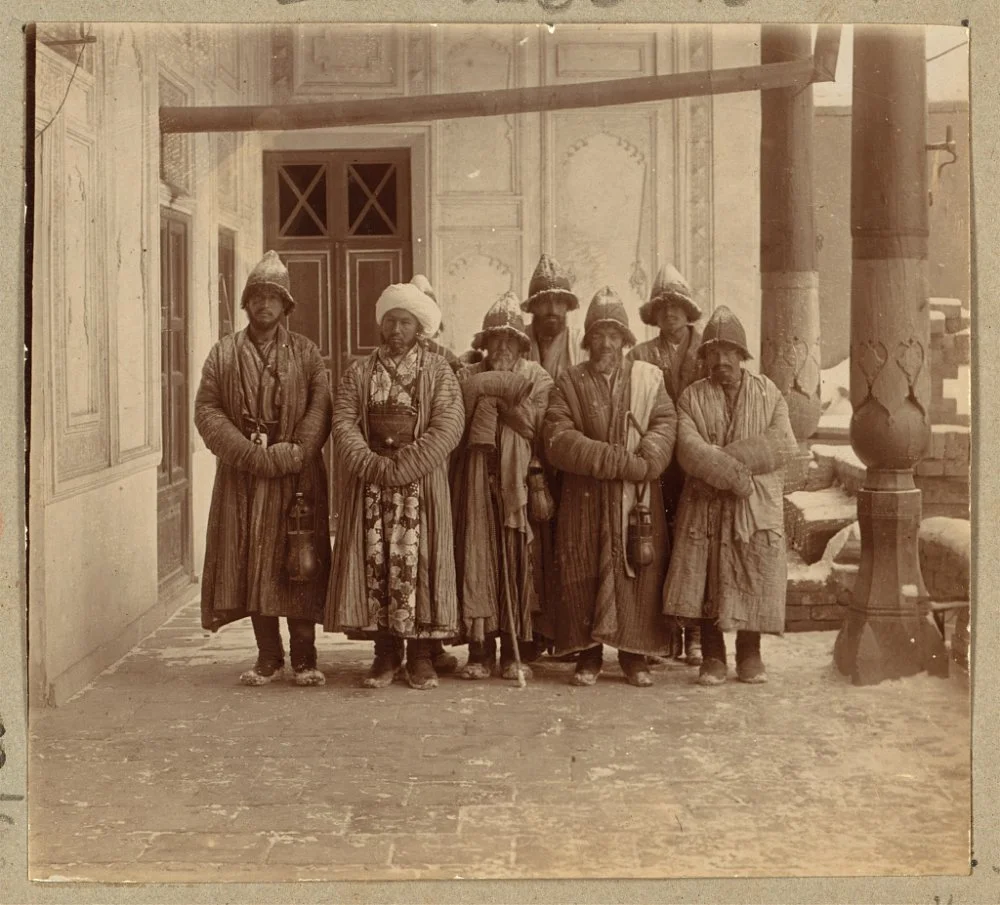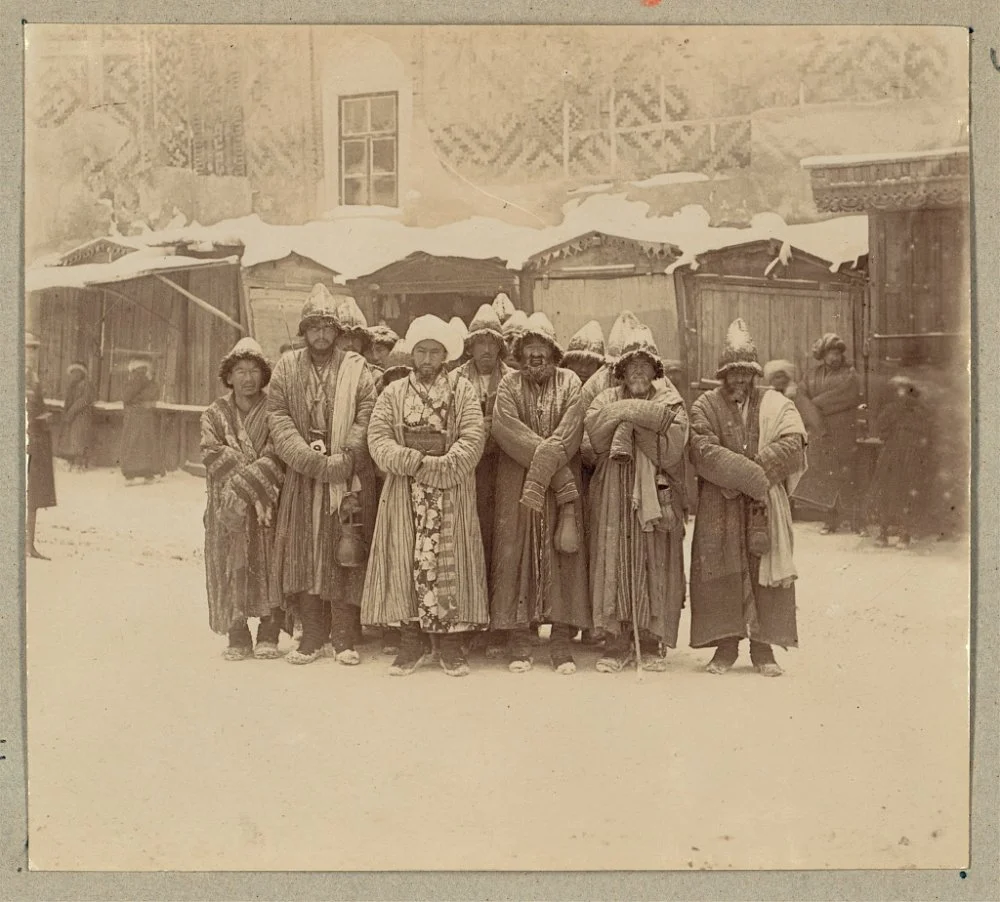They say a picture is worth a thousand words. And nowhere is this adage more true than for the past, a time so removed from our own, for which a single image can have a huge impact. In this section, the editors at Qalam seek to do more than merely showcase documentary photographs from various eras—we want to tell the real stories behind these images and bring history to life. Each photograph here captures a moment that has shaped our world, and the accompanying narrative highlights its significance and context, giving us a nuanced insight into the events they depict. After all, understanding these stories can only help us appreciate the complexities of history better.
This time, our gaze turns to images of Central Asian qalandaris—those wandering, mendicant dervishes who embody the spirit of a distant age.
The qalandaris were an order of wandering, mendicant dervishes (Sufi ascetics), who traveled throughout Central Asia, especially across the lands that now form Uzbekistan and Tajikistan. With the Mongol conquests, this Sufi tradition spread further, reaching other regions of the Middle East, including Anatolia, Syria, and Egypt. According to the tenets of Sufism, qalandaris were also bound to live on alms, possessing no property of their own.

S. M. Prokudin-Gorsky. Monks (Duvan) in Kalandar-Khane. Samarkand (1907)/Library of the United States Congress
In this photograph taken by Sergey Prokudin-Gorskyi

S. M. Prokudin-Gorsky. Monks (Duvan) in Kalandar-Khane. Samarkand (1907)/Library of the United States Congress
The Qalandari Khaneh, where the photograph was taken, served as a hostel for dervishes, doubling as a shelter for the destitute, a teahouse, and, reputedly, a buvakhana, a place where, as rumors had it, one could smoke hashish or drink tea infused with kuknar.i



